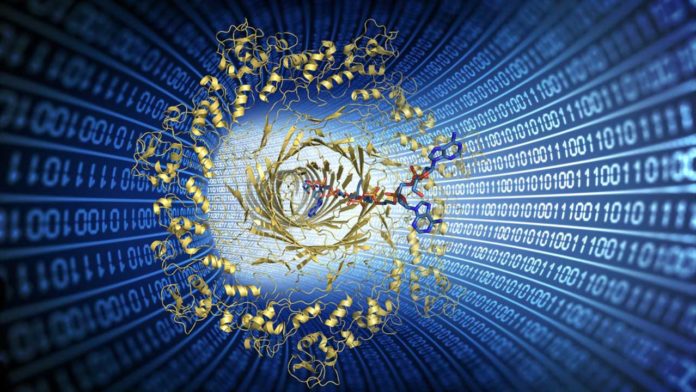Data is currently stored in the form of bits- 0 or 1- in magnetic or optical systems. These systems don’t last a century. It means data centers consume massive amounts of energy and produce enormous carbon footprints.
However, there now becomes alternatives to store data in biological molecules such as DNA. Unlike conventional data-storage devices, DNA is more enduring and compacted, can retain ten times more data, has a million-fold higher storage density. What’s more, it consumes 100 million times less energy to store the same amount of data as a drive.
But the drawback is that storing data with DNA involves exorbitant costs, painfully slow writing, and reading mechanisms. The data is also susceptible to misreadings.
A nanopore-based system developed by bioengineers at EPFL prevents us from moving away from conventional data storage devices, rapidly maxing out in capacity and endurance. The bacterial nanopores can read data encoded into synthetic macromolecules with higher accuracy and resolution than similar market methods. It is also cheaper and longer-lasting than conventional data storage systems.
A way is to use nanopores, which bacteria often punch into other cells to destroy them. The attacking bacteria use specialized proteins known as “pore-forming toxins,” which latch onto the cell’s membrane and form a tube-like channel through it.
In bioengineering, nanopores are used for “sensing” biomolecules, such as DNA or RNA. The molecule passes through the nanopore like a string, steered by voltage, and its different components produce distinct electrical signals (an “ionic signature”) that can be used to identify them. And because of their high accuracy, nanopores have also been tried out for reading DNA-encoded information.
Nonetheless, nanopores are still limited by low-resolution readouts – a real problem if nanopore systems are ever to be used to store and read data.
The potential of nanopores inspired scientists at EPFL’s School of Life Sciences to explore nanopores produced by the pore-forming toxin aerolysin, made by the bacterium Aeromonashydrophila. Scientists show that aerolysin nanopores can be used for decoding binary information.
Scientists adapted aerolysin to detect molecules tailored-made precisely to be read by this pore. The technology has been filed as a patent.
Later on, scientists designed digital polymers, a combination of DNA nucleotides and non-biological monomers, to pass through aerolysin nanopores and give out an electrical signal that could be read out as a bit. They even optimized the speed of the polymers so that it can give out a uniquely identifiable signal.
Dr. Chan Cao, the first author of the paper, said, “But unlike conventional nanopore readouts, this signal delivered digital reading with the single-bit resolution, and without compromising information density.”
Using deep learning algorithms, scientists decoded the readout signals with high accuracy. Using the same approach, they were able to identify mixtures of polymers and determine their relative concentration.
Matteo Dal Peraro at EPFL’s School of Life Sciences said, “There are several improvements we are working on to transform this bio-inspired platform into an actual product for data storage and retrieval. But this work clearly shows that a biological nanopore can read hybrid DNA-polymer analytes. We are excited as this opens up new promising perspectives for polymer-based memories, with important advantages for ultrahigh density, long-term storage, and device portability.”
Journal Reference:
- Chan Cao et al. Aerolysin nanopores decode digital information stored in tailored macromolecular analytes. Science Advances 6(50):eabc2661, 09 December 2020. DOI: 10.1126/sciadv.abc2661
